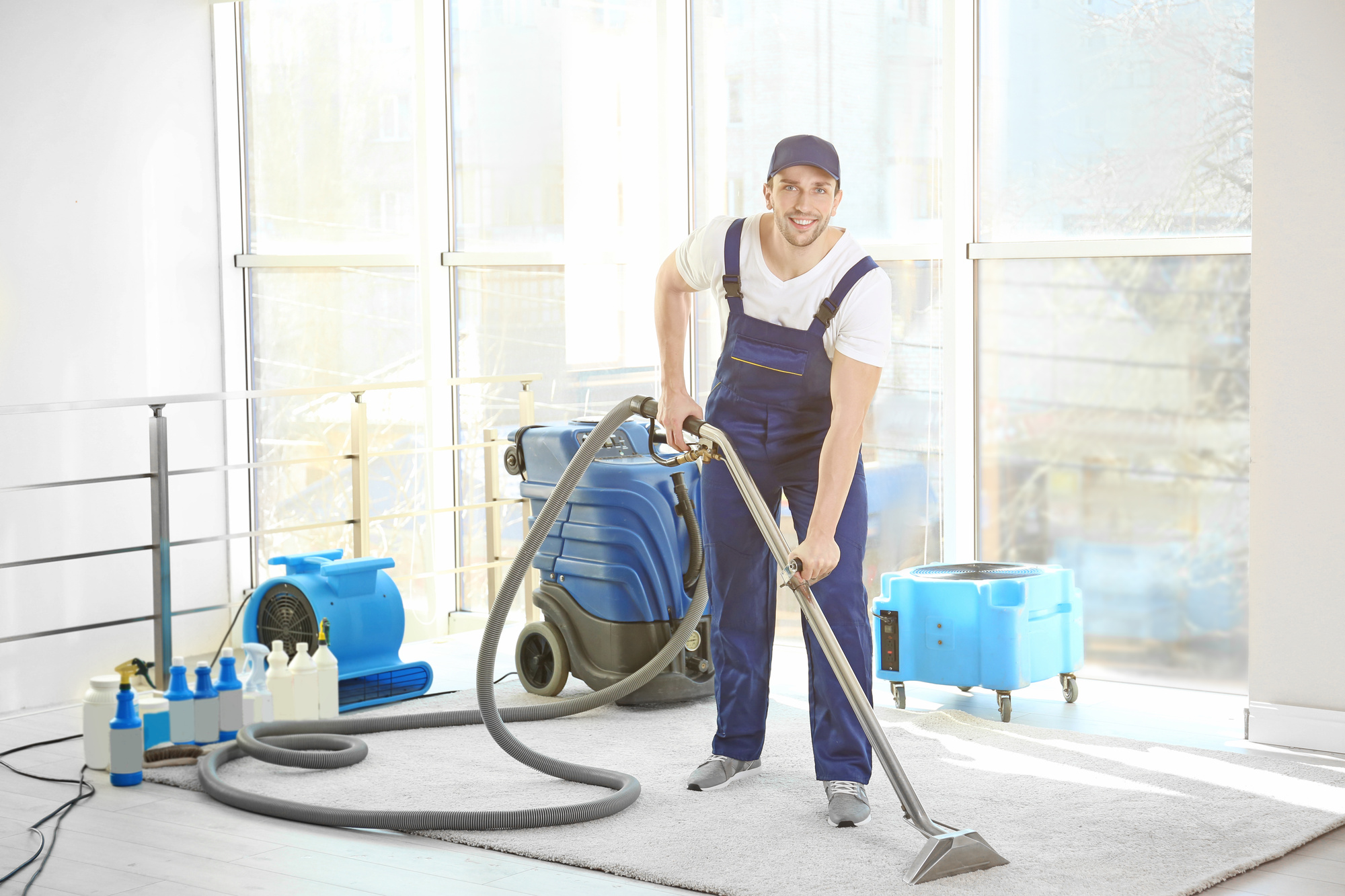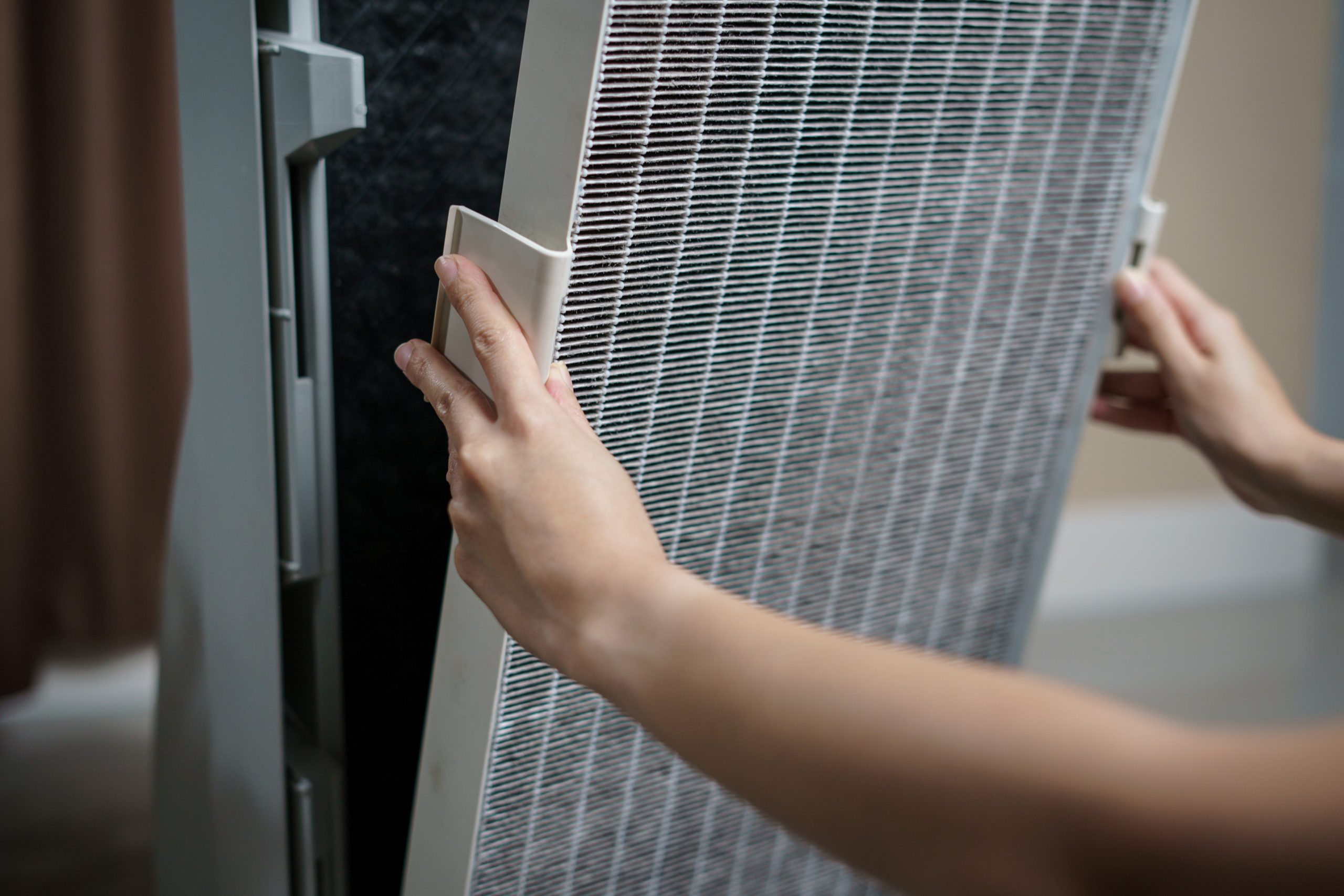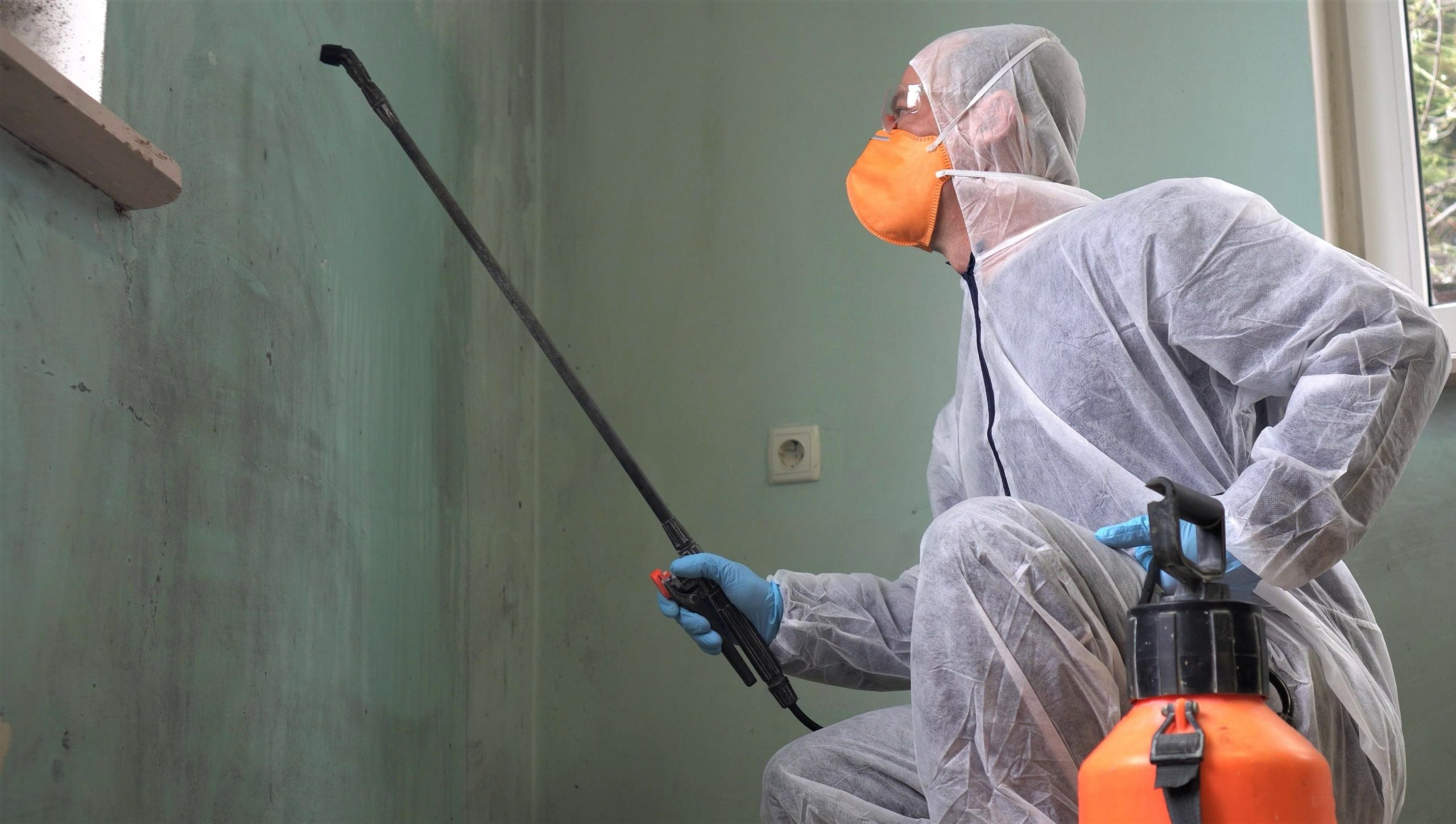Bringing home a new puppy or adopted older dog is an exciting time for any family, filled with plenty of excitement and joy. But alongside the fun, the new addition of a pet in the home will most likely require some housetraining, and inevitabley, some pet related accidents.
Pet urine can be extrememly difficult to fully remove, and many over-the-counter products simply mask the odor without tackling the root of the problem. After a decade of extensive testing and research, Chem-Dry, the world’s leading carpet and upholstery cleaning service, has developed P.U.R.T. – a cleaning process that eliminates the urine crystals that form and often soak deep into the carpet fibers and even the subfloors. P.U.R.T. works by eliminating the odor at the source, by breaking apart these urine crystals and completely eliminating them from carpets. In fact, an independent lab test found that the P.U.R.T. process removes an average of 99.9 percent of pet urine odors from carpets and, when used with Chem-Dry’s Hot Carbonating Extraction cleaning process and a sanitizer, removes an average of 99.2 percent of pet urine in carpets.
In addition to cleaning the mess to eliminate bacteria and odors from the home, health experts from the Centers for Disease Control and Prevention note exposure to pet urine can cause asthmatic and allergic responses – especially in children, making proper cleanup an important component to maintaining a healthy home.
While only a professional cleaning can achieve optimum results, there are a number of steps homeowners can take to immediately address a pet accident, helping mitigate the damage until a professional can be called. Chem-Dry recommends sharing the following tips:
Act Quickly
Clean up the urine while it is still wet. Once the urine dries, not only can it stain the carpet, but the chances of bacteria growth increase. The longer a soiled area is left unattended, the more difficult it becomes to remove. It’s also much harder to remove the odor after the urine has dried.
Use Something Absorbent
Place a rag or paper towels on the spot to soak up the urine. Walking or standing on the towels will help absorb the urine faster. After blotting as much of the urine as possible, place a few drops of dish detergent and water on the area, then place another towel over it and step on it to absorb as much as possible.
Neutralize the Area
Over-the-counter products may help minimize the smell and the stain for the time being, until a professional deep cleaning can be completed. But these products will only be able to effectively reach the carpet fibers closer to the surface and won’t not be able to do a deep enough cleaning to eliminate the urine crystals that soak and set deeper into the carpet, and perhaps into the carpet padding, backing and subfloors. Neutralizing the area should help prevent the animal from re-soiling the same spot, but it will not effectively remove the stain or odor permanently.
Without proper cleanup, animals will instinctively return to the same spot for elimination, creating not only a mess but a habitual, ongoing behavioral issue. In addition to proper training, effective cleaning of affected areas will help ensure house soiling does not become a pattern or a source of stress for families welcoming these furry new additions into their homes. With the right education, pet owners will come to understand the importance of effective cleanup of these unavoidable accidents to maintain a safe home, a happy pet and a healthy family.
About Chem-Dry
Chem-Dry is the world’s leading carpet and upholstery cleaning franchise, servicing more than 10,000 households daily worldwide. Chem-Dry’s unique Hot Carbonating Extraction (HCE) process delivers a deeper, longer-lasting cleaning using a green-certified solution that is all natural and safe for kids and pets. In a study by an independent laboratory, Chem-Dry’s HCE process was found to remove an average of 98 percent of common household allergens from carpets and upholstery and, when combined with sanitizer, was found to remove an average of 89 percent of airborne bacteria in the home, improving indoor air quality. The allergens tested were dog and cat dander and dust mite allergen and figures were based on results from multiple homes.
For more articles, subscribe to our newsletter!





